How Fantasy Football Went from Niche Hobby to Billion-Dollar Industry
What started as a small experiment among sportswriters and team executives in 1962 has grown into a multi-billion-dollar industry that influences the NFL, media networks, and sports betting markets. Fantasy football engaged over 62.5 million players in the U.S. and Canada in 2022 and drove a fantasy sports industry valued at $24.2 billion in 2023—a figure projected to surpass $61.2 billion by 2030.
So how did a stat-tracking pastime become one of the most lucrative forces in sports? Let’s break down fantasy football’s journey to the top.
A Late-Night Idea Starts It All (1962)
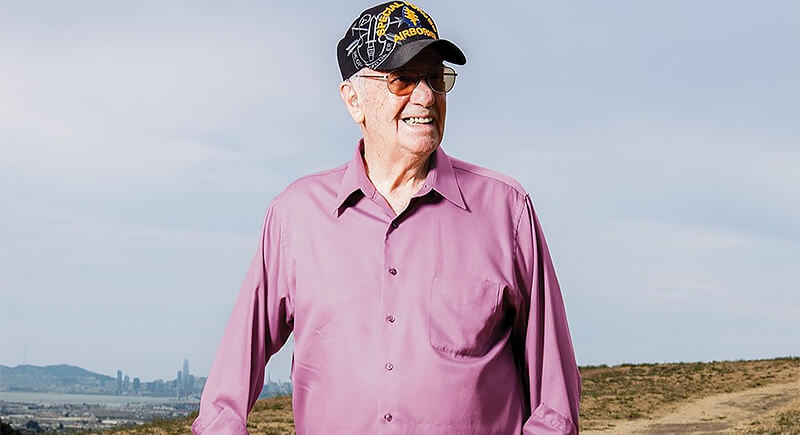
Credit: Instagram
Fantasy football was born in Oakland, California, in 1962 when Wilfred “Bill” Winkenbach, a part-owner of the Oakland Raiders, created the Greater Oakland Professional Pigskin Prognosticators League (GOPPPL) with sportswriters and colleagues. The game slowly spread among die-hard football insiders before going mainstream.
Fans Track Stats the Hard Way (1970s-80s)
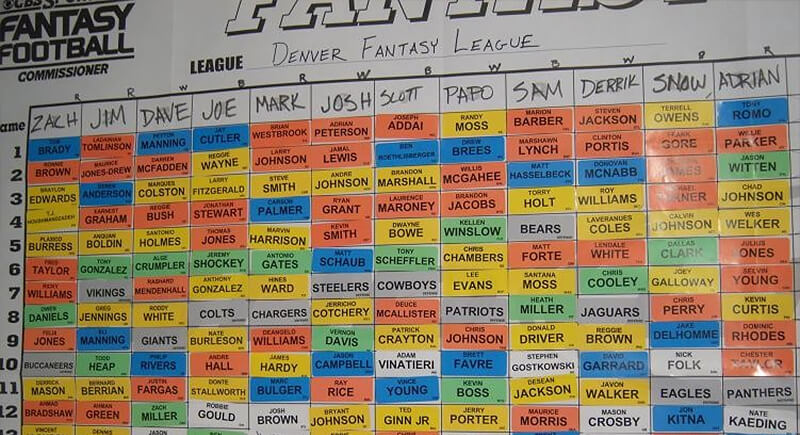
Credit: fantasysixpack
Players tracked stats by hand, used newspapers for updates, and spent hours calculating scores. It required serious dedication. The game remained underground, and only the most committed fans played. Every touchdown meant grabbing a calculator. A single math mistake could change an entire week’s results.
The Internet Opens the Game to Everyone (1990s)
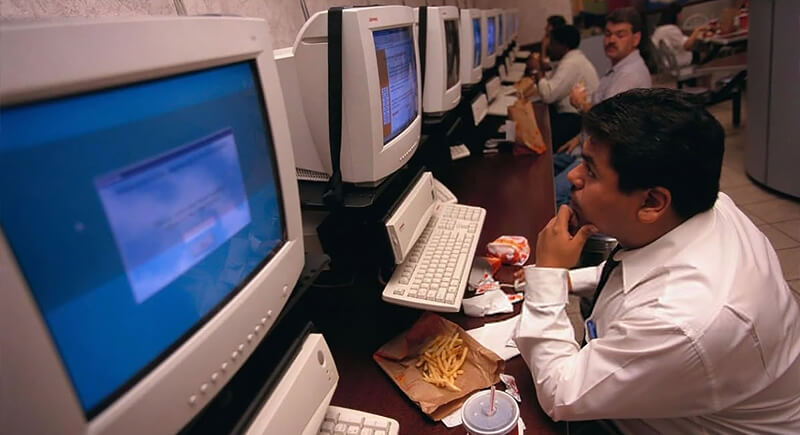
Credit: Instagram
CBS Sports launched its free fantasy football website in 1997. Fans no longer needed calculators or newspaper clippings. They could draft players, set lineups, and track scores online. The game finally became accessible to everyone.
ESPN and Yahoo for the Masses (Early 2000s)
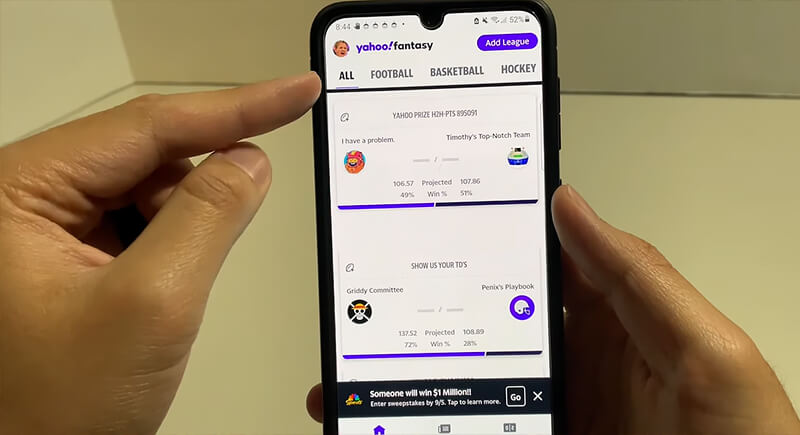
Credit: Youtube
The sport exploded when Yahoo and ESPN introduced free leagues with real-time scoring. They added expert analysis, player rankings, and projections. Millions of casual fans joined, and the game became a national obsession. Sundays were no longer just about teams winning—they were about fantasy matchups, bragging rights, and last-minute lineup changes.
The NFL Joins the Action (2005)
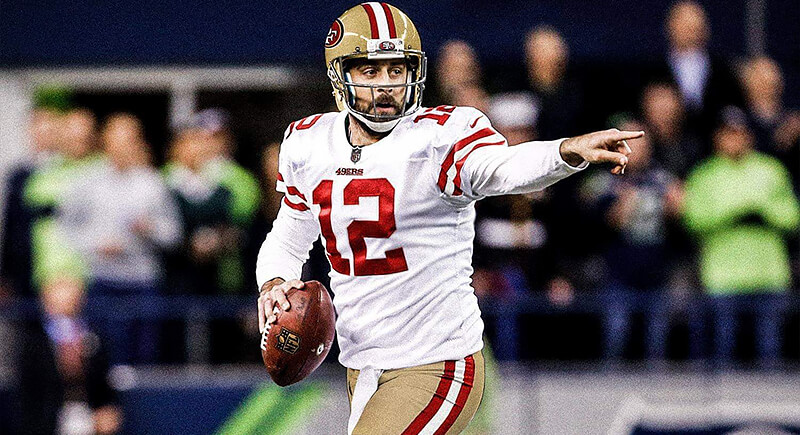
Credit: Reddit
The NFL once ignored fantasy football, thinking it distracted from real games. That changed when millions of fans started watching every play more closely. The league launched NFL Fantasy Football and began promoting fantasy stats on TV.
Smartphones Turn it Into a Daily Habit (2010s)
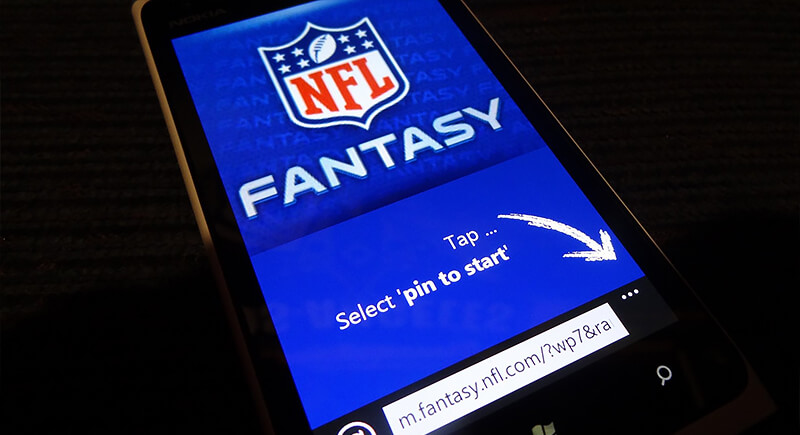
Credit: flickr
Fantasy football became a 24/7 experience when Yahoo, ESPN, and the NFL introduced mobile apps. Fans could set lineups, track players, and make trades anytime. No one had to rush home to check scores. With this innovation, Fantasy Football was now in everyone’s pocket.
Brings Money Into the Game (2012-2015)

Credit: flickr
Daily Fantasy Sports (DFS) took off in the 2010s, but FanDuel (2009) launched before DraftKings (2012). These platforms allowed fans to enter one-day contests with real-money prizes, sort of like gambling.
Becomes a Money Machine (2020s)

Credit: flickr
The fantasy sports market generated $10.3 billion in the U.S. in 2024 and is expected to grow exponentially by 2030. Platforms profit from advertising, premium leagues, and sports betting integrations.
Social Media Turns Fantasy Into a Vision
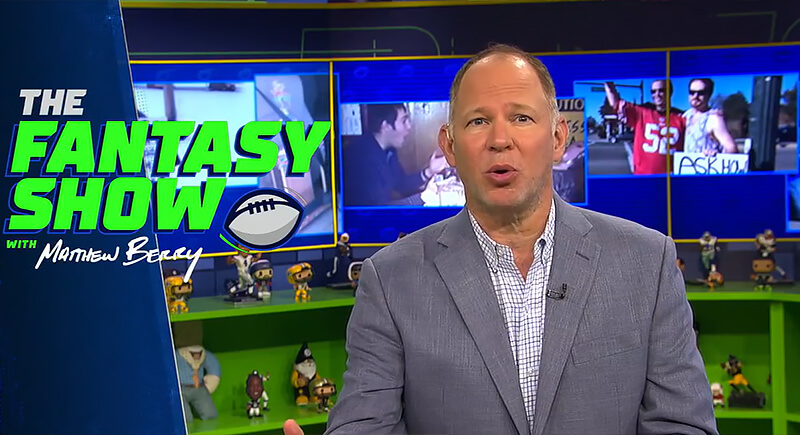
Credit: Youtube
Experts like Matthew Berry and Pat McAfee turned fantasy advice into entertainment. It was now time Fantasy football took over Twitter, YouTube, and TikTok. Fans debated waiver wire pickups and trade decisions in real-time. It became more interactive than ever.
NFL Players Start Playing Along
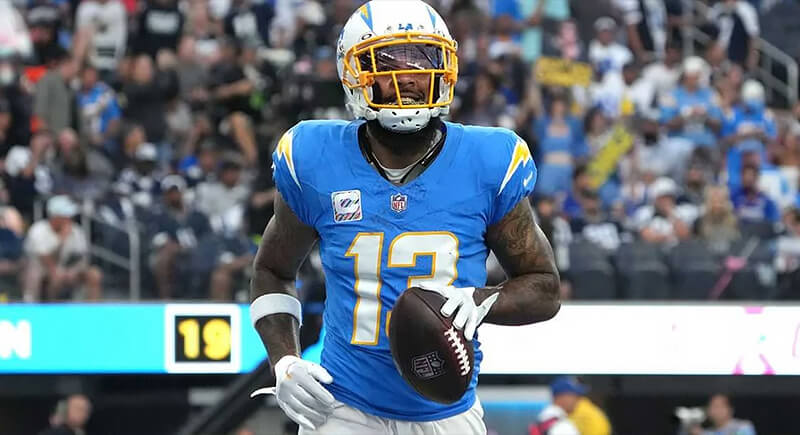
Credit: Reddit
The same stars that initially ignored and dismissed the idea of fantasy football later embraced it. Some track their own stats. Others joke about drafting themselves. Keenan Allen once called out fans for benching him before scoring 40 points that week.
Women Join Fantasy Football in Record Numbers
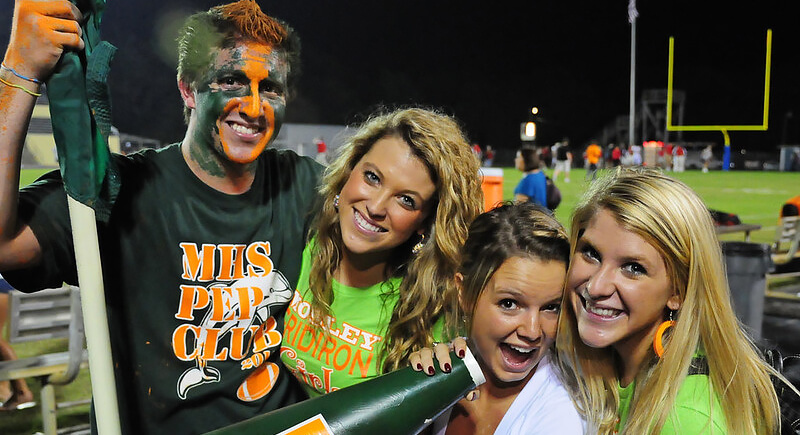
Credit: flickr
Fantasy football is no longer a men’s only game. In 2017, women also became a significant part of the sport, and their numbers continue to grow. More women-led leagues, analysts, and podcasts are driving engagement.
Big Brands Jump In
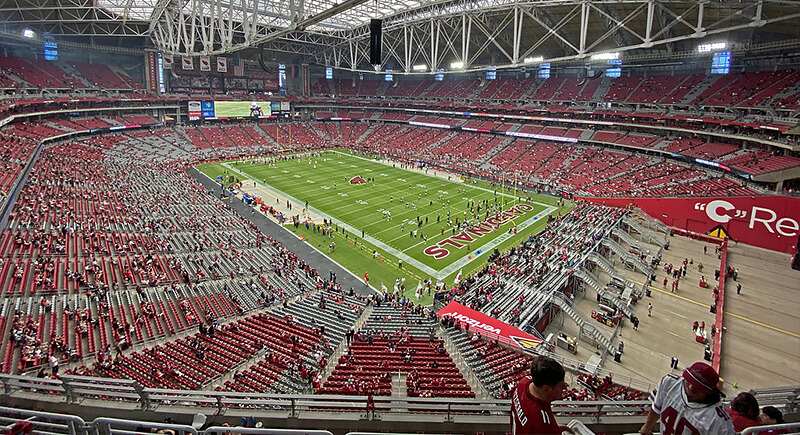
Credit: flickr
It wasn’t too long before it also started to attract huge sponsorships. Bud Light, State Farm, and DraftKings pour millions into fantasy-related ads and promotions. Businesses now run corporate fantasy leagues to boost office culture and engagement.
Sports Betting and Fantasy Blend Together

Credit: flickr
Legalized sports betting has forever changed fantasy football. Sportsbooks now offer bets on fantasy points and player props, and many daily sites operate like sportsbooks. The industry continues to evolve as more states legalize betting.
AI and Data Science Take Over
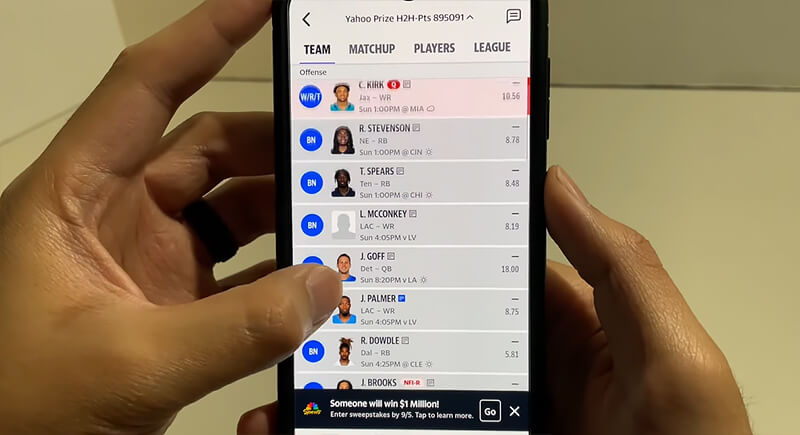
Credit: Youtube
Fantasy managers once relied on gut feelings and hunches. Now, AI-driven platforms suggest lineup changes, trade offers, and injury replacements. Advanced stats and predictive analytics give every player a competitive edge.
Fantasy Football Changes How Fans Watch the Game
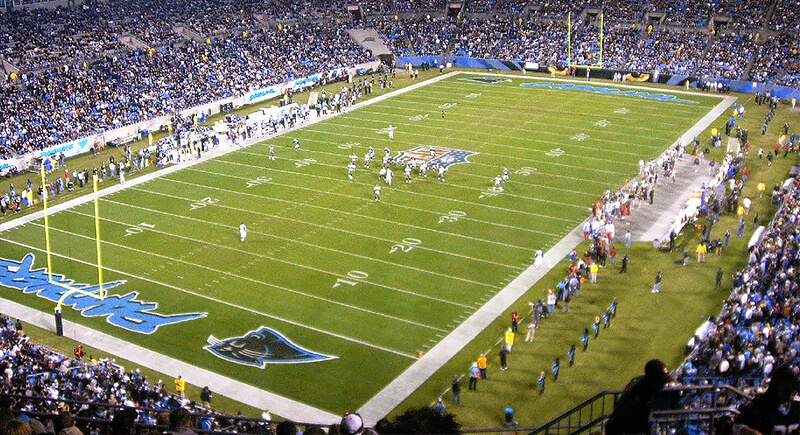
Credit: flickr
Fantasy football transformed NFL viewership. Fans now care about every play, every yard, and every injury, even if their favorite team isn’t playing. The game turned millions of casual viewers into dedicated, analytical football fans.